What are the surface treatment processes for large wood screws
2025-05-27Galvanizing is a widely used surface treatment method that deposits a uniform zinc layer on the surface of the screw by electrolysis. Zinc, as a sacrificial anode metal, can be preferentially oxidized in a corrosive environment, thus effectively protecting the steel substrate from corrosion. The main advantages of galvanizing are its low cost, fast processing speed and high coating finish, making it suitable for indoor environments or scenes with slight corrosion. However, the thickness of the electroplated zinc layer is usually between 5 and 25 microns, which is relatively insufficient in the face of long-term outdoor exposure or high salt spray environment. In order to enhance the corrosion resistance of the electroplated layer, it is usually necessary to supplement it with passivation treatment, which forms a dense passivation film on the surface of the zinc layer to improve its oxidation resistance.
Hot-dip galvanizing is a more robust surface treatment method suitable for products such as large wood screws. The process forms a thick and firmly bonded zinc-iron alloy layer and a pure zinc covering layer by immersing the screw in molten zinc liquid. This coating structure not only has excellent weather resistance, but also has good mechanical adhesion. The coating thickness is generally between 50 and 100 microns, which is much higher than electroplating zinc. It can provide more durable anti-corrosion protection, especially suitable for highly corrosive environments such as outdoor wooden structures, bridges, docks and landscape construction. The hot-dip galvanized surface is matte silver-gray or rough crystalline. Although it is not as smooth as the electroplated layer, its structure is stable and wear-resistant, and it can withstand greater mechanical shock and friction loads.
Dacromet coating is an electroless zinc-aluminum-based anti-corrosion coating. It uses zinc powder, aluminum powder and chromate as ingredients to form a uniform coating on the surface of the screw by spraying or dipping. After baking and curing, it shows excellent salt spray resistance. Without external protection, Dacromet coating can withstand more than 500 hours or even thousands of hours in salt spray tests without red rust, and is widely used in industrial and marine environments with extremely high corrosion requirements. In addition, the friction coefficient of Dacromet coating is stable, which helps to control the torque-tension relationship and prevent breakage caused by over-torque during installation. Although it is relatively environmentally friendly, due to the presence of hexavalent chromium, some regions have gradually replaced it with chromium-free environmentally friendly products such as zinc-aluminum coating in recent years.
Ceramic coating is an emerging metal-free anti-corrosion technology that has attracted much attention in recent years. The coating is mainly composed of inorganic ceramic particles, binders and antioxidant additives, and has multiple characteristics such as high temperature stability, non-conductivity and chemical corrosion resistance. Through multiple spraying and heat treatment processes, a composite protective layer is formed, which is suitable for high-end fasteners in extreme environments. Ceramic coating not only has excellent corrosion resistance, but also can maintain stable performance in extreme working conditions such as high humidity, high salt and high heat. Therefore, it is widely used in structural parts in fields such as wind power, nuclear power and marine engineering. For large wood screws, ceramic coating can effectively block the intrusion of moisture and acid-base media, ensuring the long-term and stable use of fasteners, especially suitable for wood structure projects with wind, rain, ice and snow and drastic temperature changes.




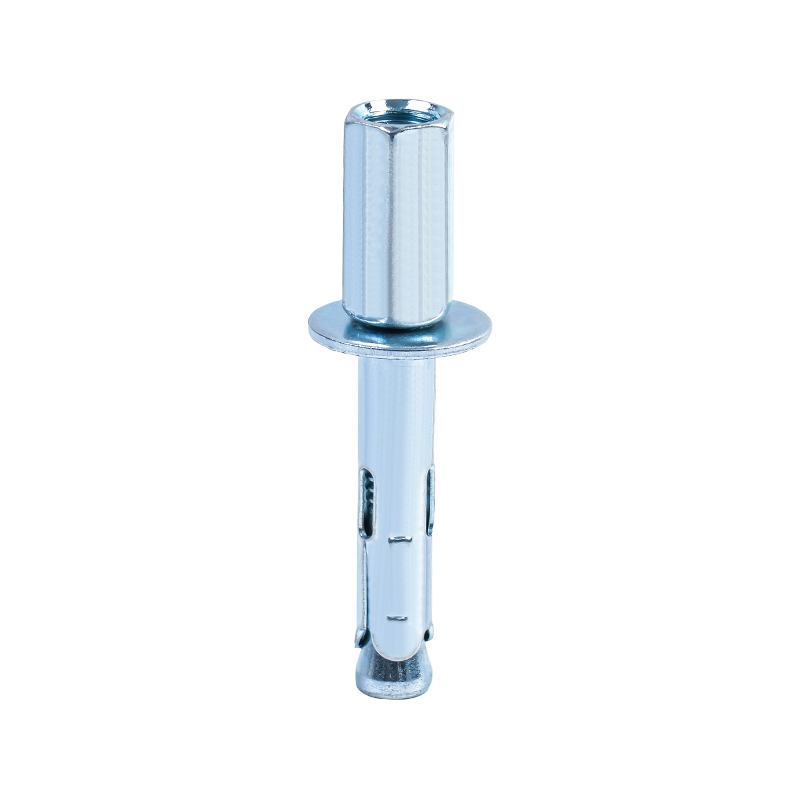
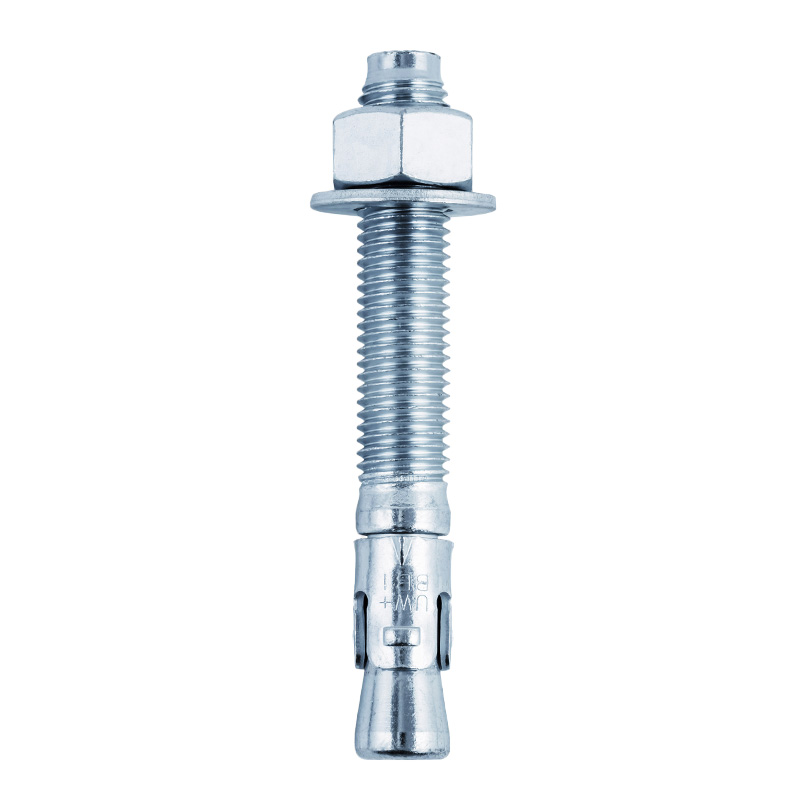
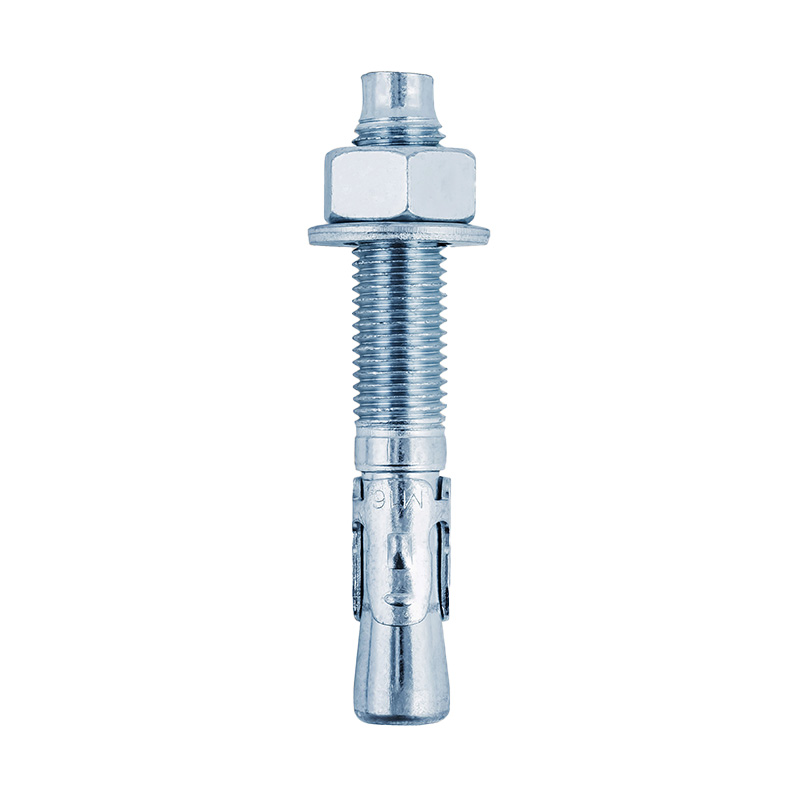
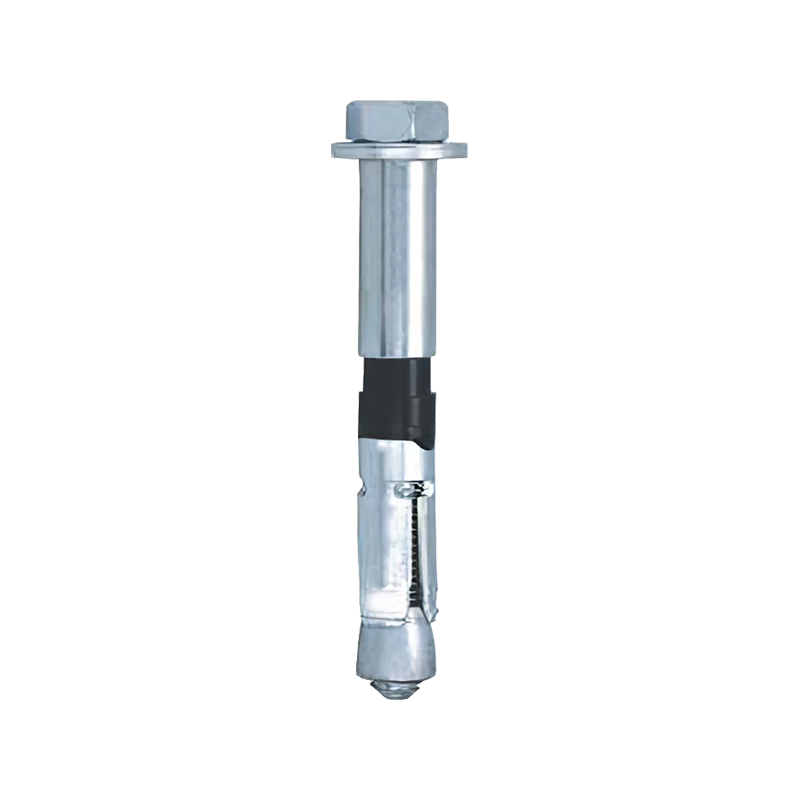
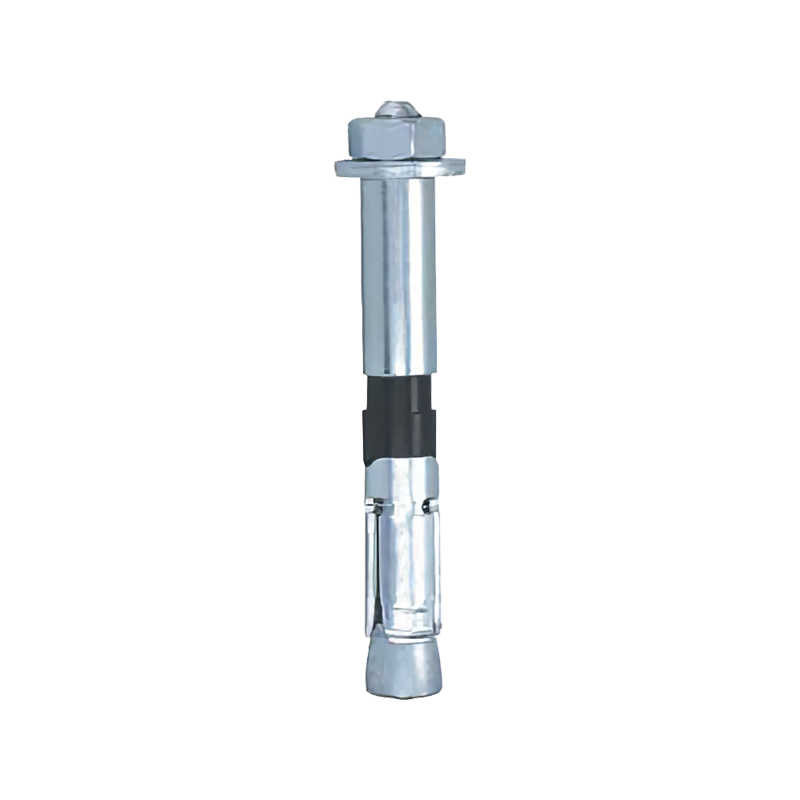
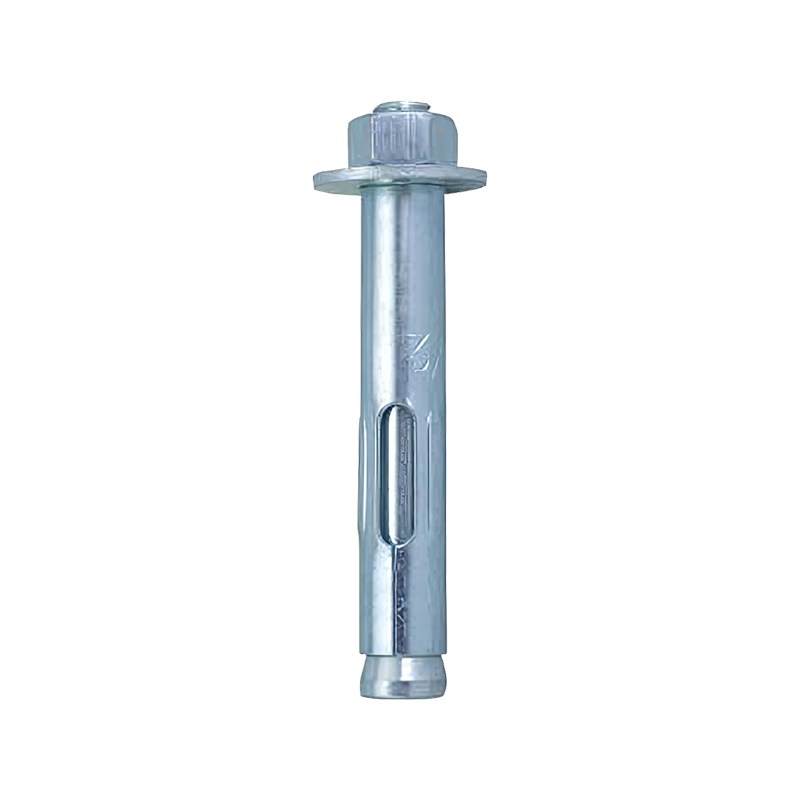


Contact Us